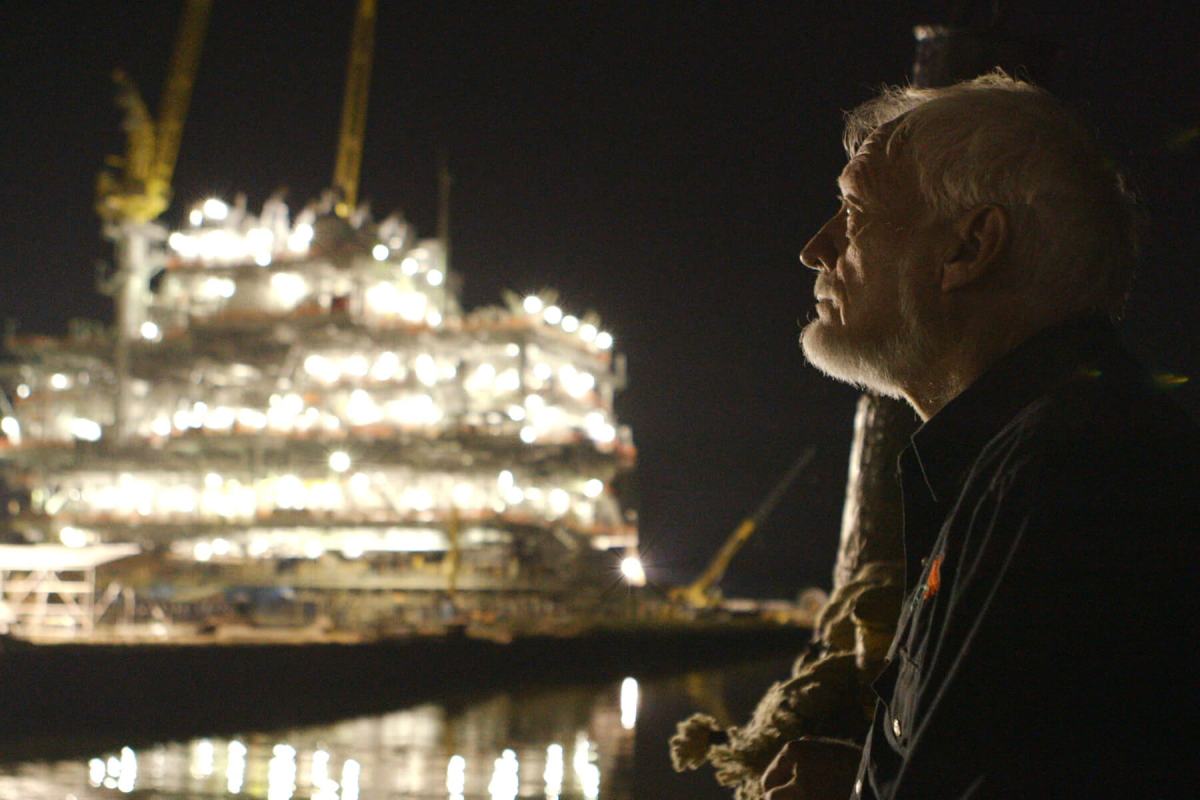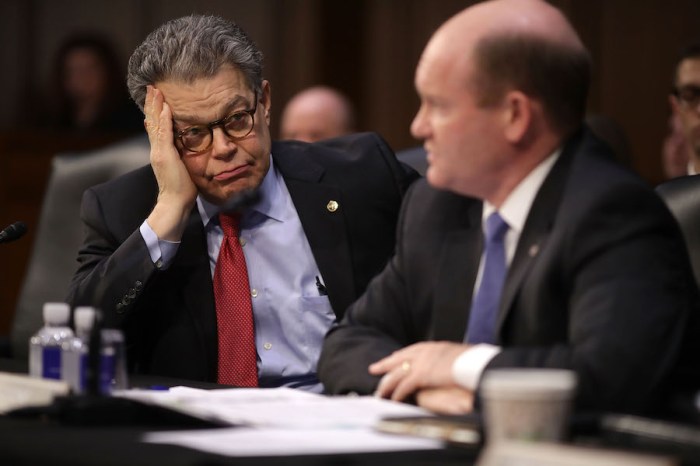‘The Great Invisible’
Director: Margaret Brown
Genre: Documentary
Rating: NR
3 (out of 5) Globes
Review: ‘The Great Invisible’ is a great hang-out doc about the Gulf Coast oil spill

RADiUS_TWC
Like any sufficiently calamitous event, the Gulf Coast oil spill faded from the zeitgeist as though it were a mere fad, replaced by the next justifiable then ignored piece of outrage. “The Great Invisible,” a documentary that examines the aftermath — and reveals how little has been done to fix the flaws that caused it — would seem to exist primarily, maybe solely, to get people talking (or at least impotently concerned) again. It’s even been handled by Participant Media, the go-to company for lefty outrage issues (“An Inconvenient Truth,” “Food Inc.,” etc.).
“The Great Invisible” is that, but it’s more. For one thing, as helmed by documentarian Margaret Brown (“The Order of Myths”), it’s not even selling a solution, despite the obligatory url that zaps up as the end credits commence. It doesn’t have one. It’s revelations can be summed up thusly: Everything’s massively screwed up, and if you think there’s a ready alternative to oil, think again. We’re stuck with petroleum for the time being, and so we better make due. None of that is what the wide-eyed liberal wants to hear. This is not a comforting movie, and one of its final scenes actually includes a gaggle of stogie-puffin’, whiskey-gulpin’ oil men hanging out and actually making some sense. (None appear to be from BP, who naturally refused to be involved.)
For another thing, it’s only half an activist film anyway, maybe less so. The other half is a hang-out movie. Brown rounded up a diverse lot of region residents, from guys who worked on the Deepwater Horizon when it exploded — and have experienced both PTSD and sometimes truant or hacked-up insurance checks — to people who’ve spent their whole lives there. The stand-out is Roosevelt Harris, a wrinkled, eternally grinning, gregarious charmer who drives a truck, works the local soup kitchen and could definitely not be anywhere else, even as his eternal home is festooned with fresh environmental issues. Brown is never seen or heard, meaning the camera takes her place as just one of the revelers, following its subjects around or sitting at the oyster bar, knocking back beers.
“The Great Invisible” is so good at just spending time with people that it’s almost a shame whenever it has to get back to the important business at hand. It could be better at doling out facts and figures; when it gets to these segments, it’s like a fun-loving teacher who suddenly remembers there’s a lesson to be taught. (It’s also a beaut, thanks to cinematography from some of the best currently working: Jody Lee Lipes is the eccentric framing genius of “Martha Marcy May Marlene,” while Adam Stone is on loan from “Take Shelter”’s Jeff Nichols.) Despite its obvious passion for the subject, it’s a reluctant activist movie, and it might have been both more enjoyable and more useful as nothing but a loose portrait of the people it found, letting the important business arise organically. After all, the title could also refer to them — people who rarely get noticed unless something bad happens to them, yet who of course teem with mesmerizing life.
Follow Matt Prigge on Twitter @mattprigge


















